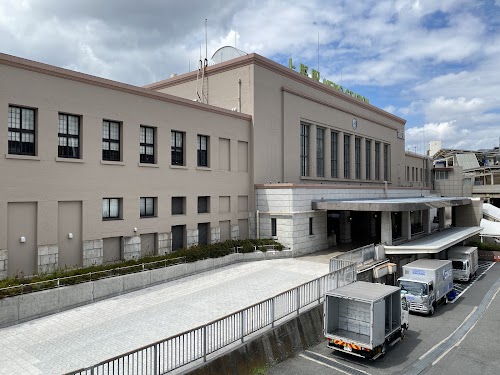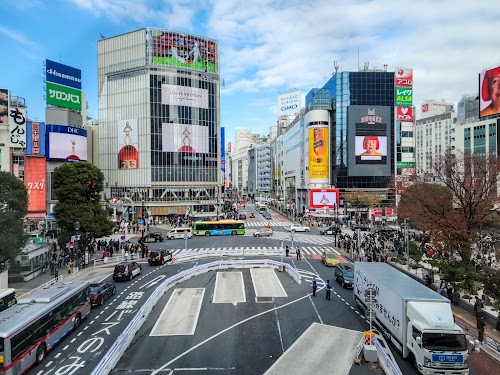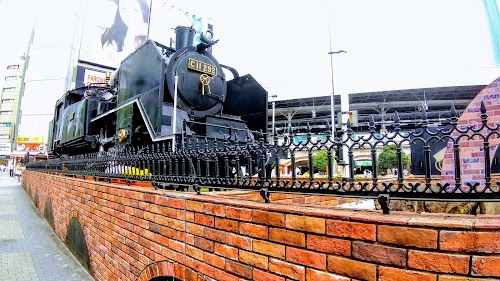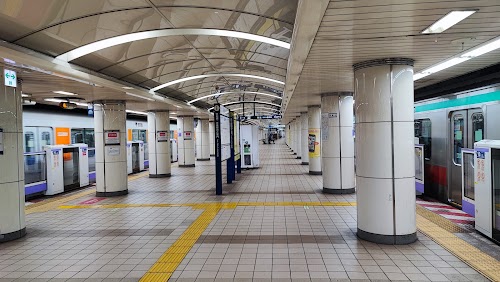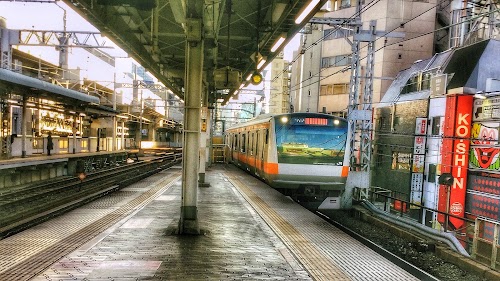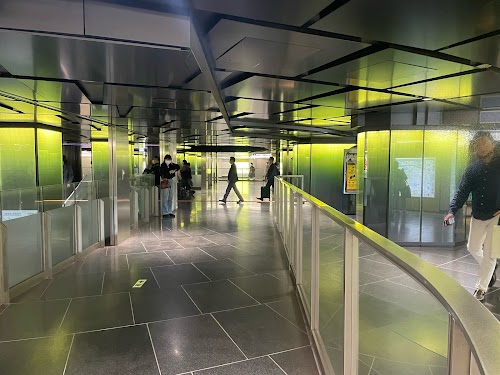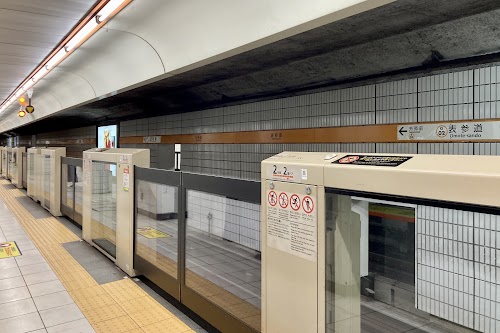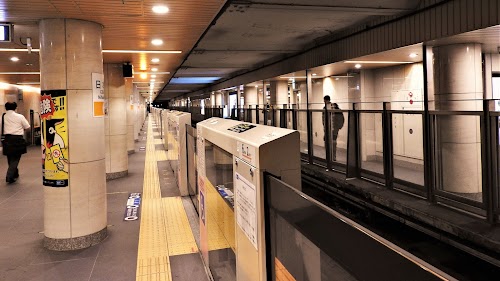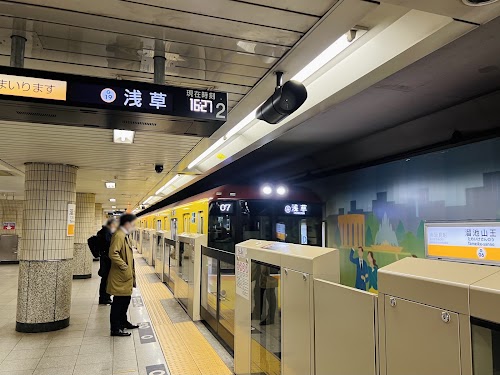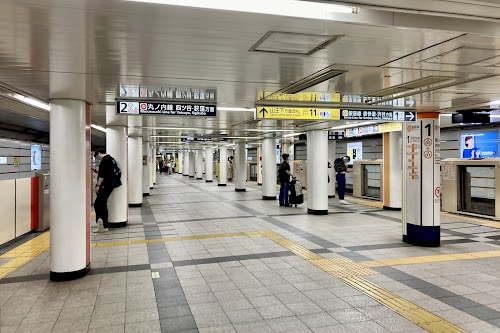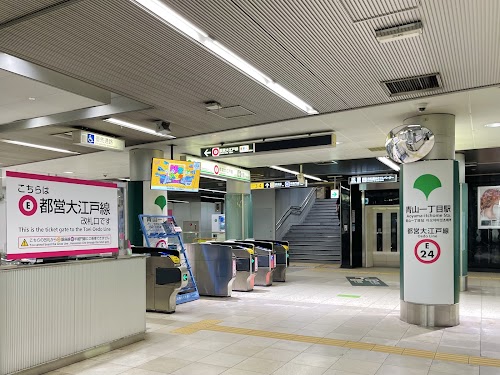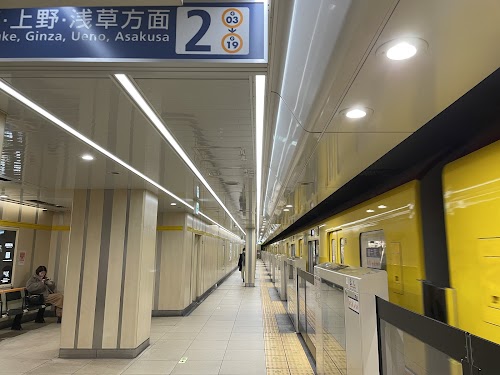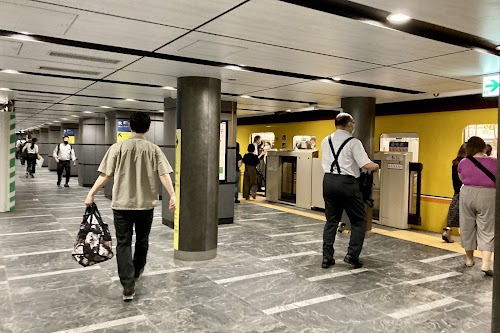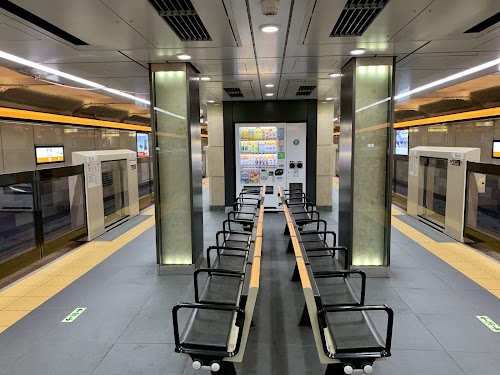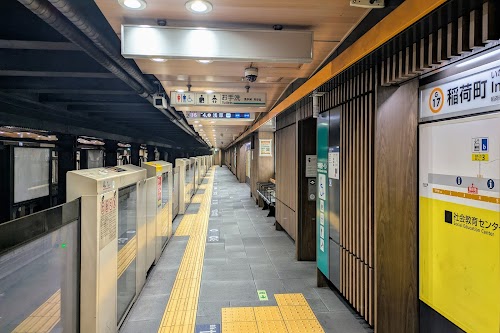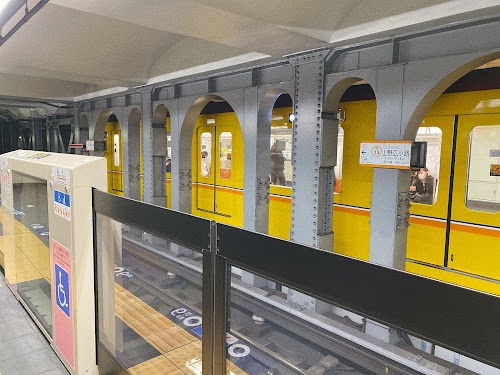Ginza Line Overview
The Ginza Line, Tokyo's first subway line, connects Asakusa to Shibuya. Renowned for its historic significance, it features striking modern design and services 19 stations. This line passes through the upscale Ginza district, offering easy access to high-end shopping, entertainment, and cultural attractions, exemplifying Tokyo's fusion of tradition and innovation.
Ginza Line Top Attractions
See AllGinza Line Frequently Asked Questions
The Ginza Line is one of Tokyo's oldest metro lines, known for its easy access to major districts like Shibuya and Ginza, and its distinctive orange color. It connects the bustling urban areas while offering a glimpse into the city's vibrant life.
Yes! The Ginza Line has distinctive trains with wooden interiors and is famous for its historical significance. Some stations maintain retro designs, making travel both functional and visually appealing for visitors.
The Ginza Line runs from 5 AM to 12 AM, with trains arriving every few minutes during peak hours and slightly less frequently late at night. It's convenient for early risers and night owls alike!
Ticket prices on the Ginza Line vary based on distance, typically ranging from 170 to 320 yen. You can use smart cards like Suica or Pasmo for easy travel and seamless access.
Yes! Many Ginza Line stations offer various food options, including convenience stores, cafes, and small eateries. You can grab a quick snack or even a full meal while on the go!
Yes! Most Ginza Line stations are equipped with elevators and ramps, making them accessible. However, it's good to check the specific station facilities for any particular needs.
Absolutely! You can use Suica or Pasmo cards on the Ginza Line, making your travels smoother. Just tap your card at the ticket gates for convenient access without buying individual tickets.
Yes, most major stations along the Ginza Line offer coin lockers for short-term storage. It's a great solution if you want to explore without carrying heavy bags around!
You can use apps like Google Maps or Joyful Train for the best route planning. They provide real-time schedules, making sure you're on the right track throughout your journey.
Yes! Some tickets and passes offer discounts for tourists, including the Tokyo Subway Ticket for unlimited travel within a specified time, great for exploring the city.

